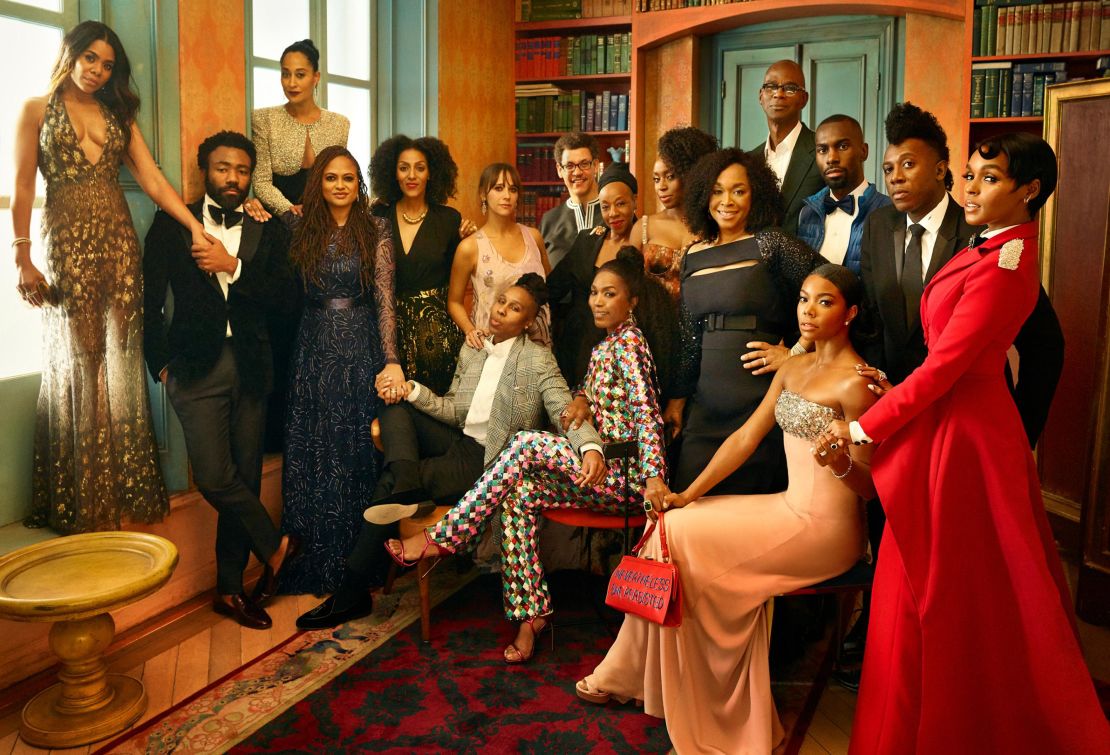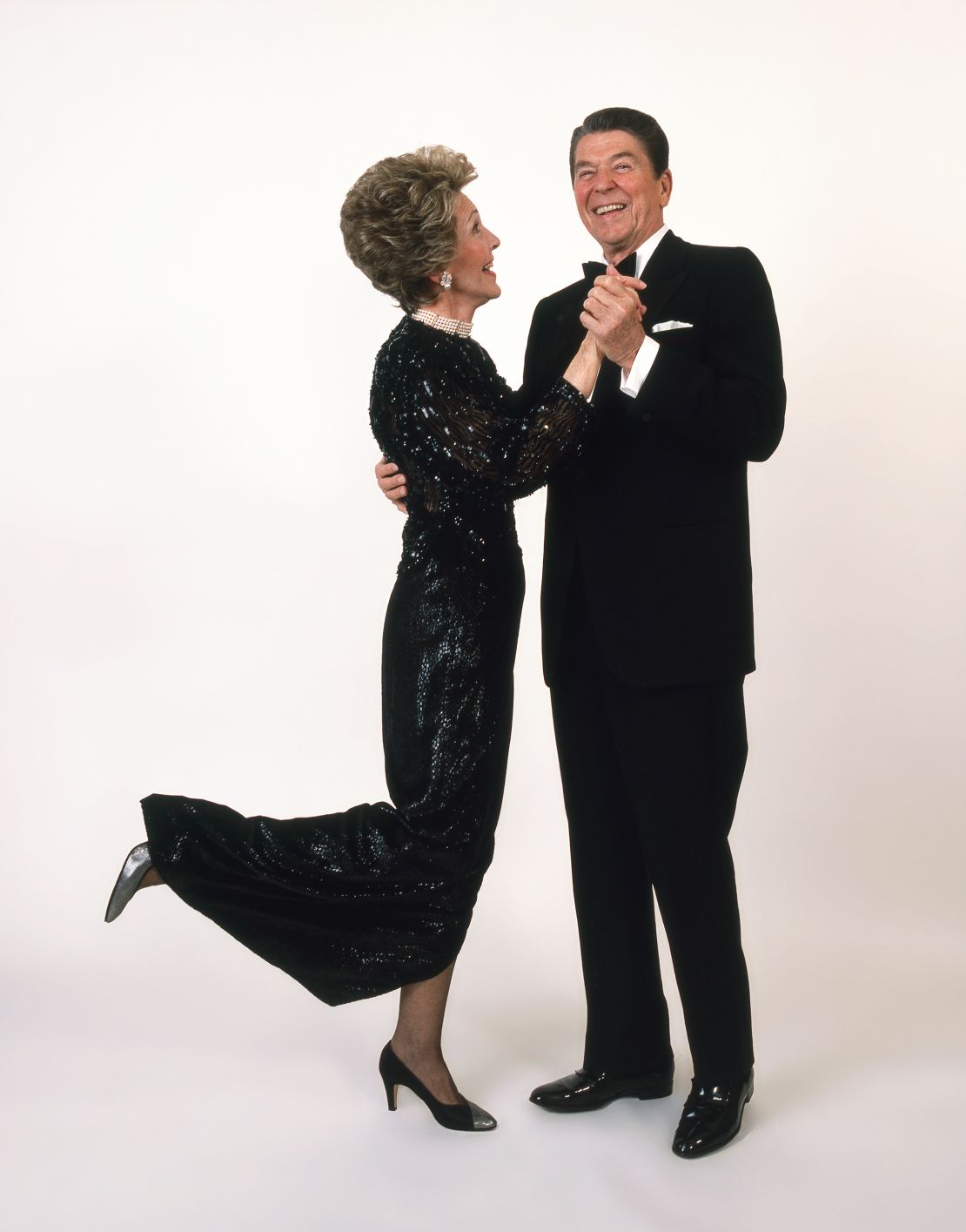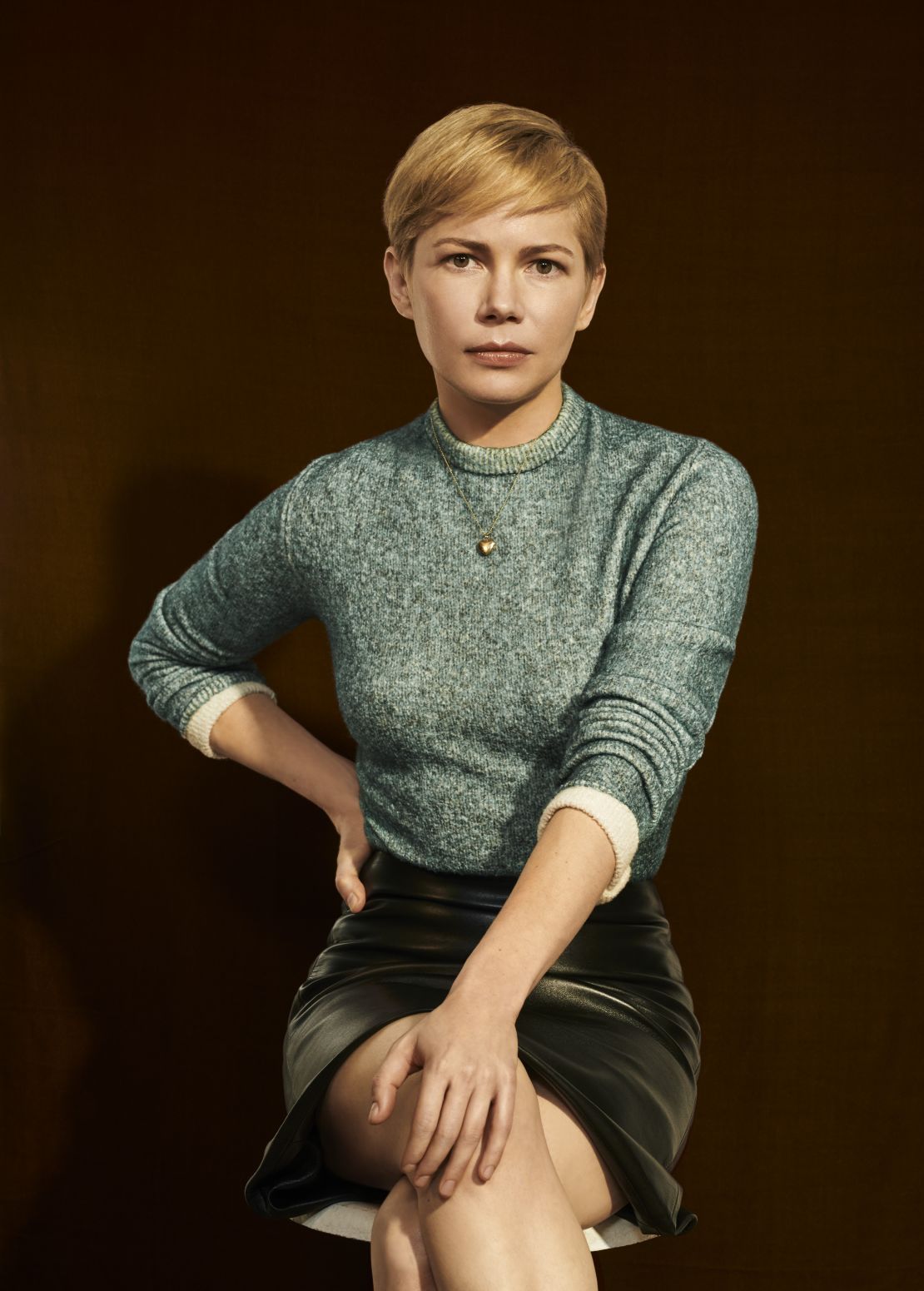For the past 40 years, American magazine Vanity Fair has been responsible for creating some of the most iconic images in Hollywood.
Who can forget the time Demi Moore posed nude – while seven months pregnant with her second child – in a provocative cover photo shot by Annie Leibovitz? The image, both confident and intimate, changed how pregnancy is represented in mainstream media.
“Vanity Fair: Hollywood Calling,” a new exhibition at the Annenberg Space for Photography in Los Angeles, features over 100 of the magazine’s most powerful images, by celebrated photographers like Leibovitz and Mark Seliger, as well as a roster of newcomers like Ethan James Green.
“It’s very dynamic and exciting to see a visual photographic survey over that period of time,” said Vanity Fair’s creative development editor David Friend. Friend is one of the show’s curators along with the magazine’s former director of photography, Susan White.
While going through archives, Friend and White wondered about the criteria they should use to choose the images going on display.
“Should we be going for the golden oldies, the new surprises, or should we be finding hidden diamonds in the rough? We did a bit of all three,” said Friend in a phone interview.

The exhibition, aptly opening this weekend, ahead of Sunday night’s Oscars, is essentially a time capsule of the past few decades of Hollywood, ranging from spontaneous party photos to glossy cover shots that capture the industry’s key players, as well as others in the celebrity spotlight.
In one example, Friend found a now classic photo of Ronald and Nancy Reagan, dressed in formal attire, dancing against a stark white backdrop.
“That was a big deal,” he recalled of the idea of putting politics and entertainment together for the 1985 cover.
Nowadays, the blurring of the worlds of Hollywood and politics isn’t as surprising as it used to be. “The Obamas have a multimillion dollar Netflix production deal, Hillary Clinton just premiered a movie at Sundance last weekend, and we have a reality TV star who’s the president of the US,” said Friend. “You look at the Reagans picture and think, ‘wow that sort of helped usher in, for better or for worse, where we are now,’” he said.

Vanity Fair as we know it – a magazine that covers and shapes pop culture – was molded by editor Tina Brown in the 1980s. She was followed by Graydon Carter, the famous editor who steered it for over two decades until his retirement in 2017.
Carter understood Hollywood’s irresistible appeal. In his hands, the magazine became not only known for its celebrity portraiture, but also its dedicated Hollywood issue and, of course, Vanity Fair’s storied Oscars party and exclusive snapshots, which are also exhibited.

The magazine’s Oscar-night bash started in 1994, following the death of literary agent Irving “Swifty” Lazar, who, up until then, had been the host of the exclusive event (people wanted to get an invite so badly, the party nearly overshadowed the awards ceremony itself).
Carter quickly stepped in to fill the space left by Lazar, with a soiree modeled on 1920s café society: a semi-public affair, where an elite group of people of various degrees of stardom got together. “There was no VIP section,” wrote Frank DiGiacomo in 2013.
At last year’s party there were also no bar stools, only lounge chairs – impractical for women in gala dresses, as Radhika Jones, Vanity Fair’s new editor-in-chief, humorously noted in an interview with Stephen Colbert. Jones pledged to change the furniture this year to be more accessible.
The exhibition comes at a time of change, not only for the movie industry but also for the publication, as Jones carves her path to a new take on the magazine.
“It’s a different era now, we’re in the streaming wars, agents are in tumult, networks are trying to reinvent themselves, the walls have fallen down between what is television and what is a movie, and so it was time to look back at how we got here,” said Friend about the impetus for the exhibition.

“Radhika says that part of what we’re doing is reevaluating the connection between aspiration and glamor,” he added. “Do we really need to be glamorous, why shouldn’t things appear more real, or is there a middle ground?”
“Vanity Fair: Hollywood Calling” is on display at the Annenberg Space for Photography, in LA, from Feb. 8 to July 26, 2020.
